“Teenage Wildlife” – Scary Monsters (And Super Creeps) (1980)
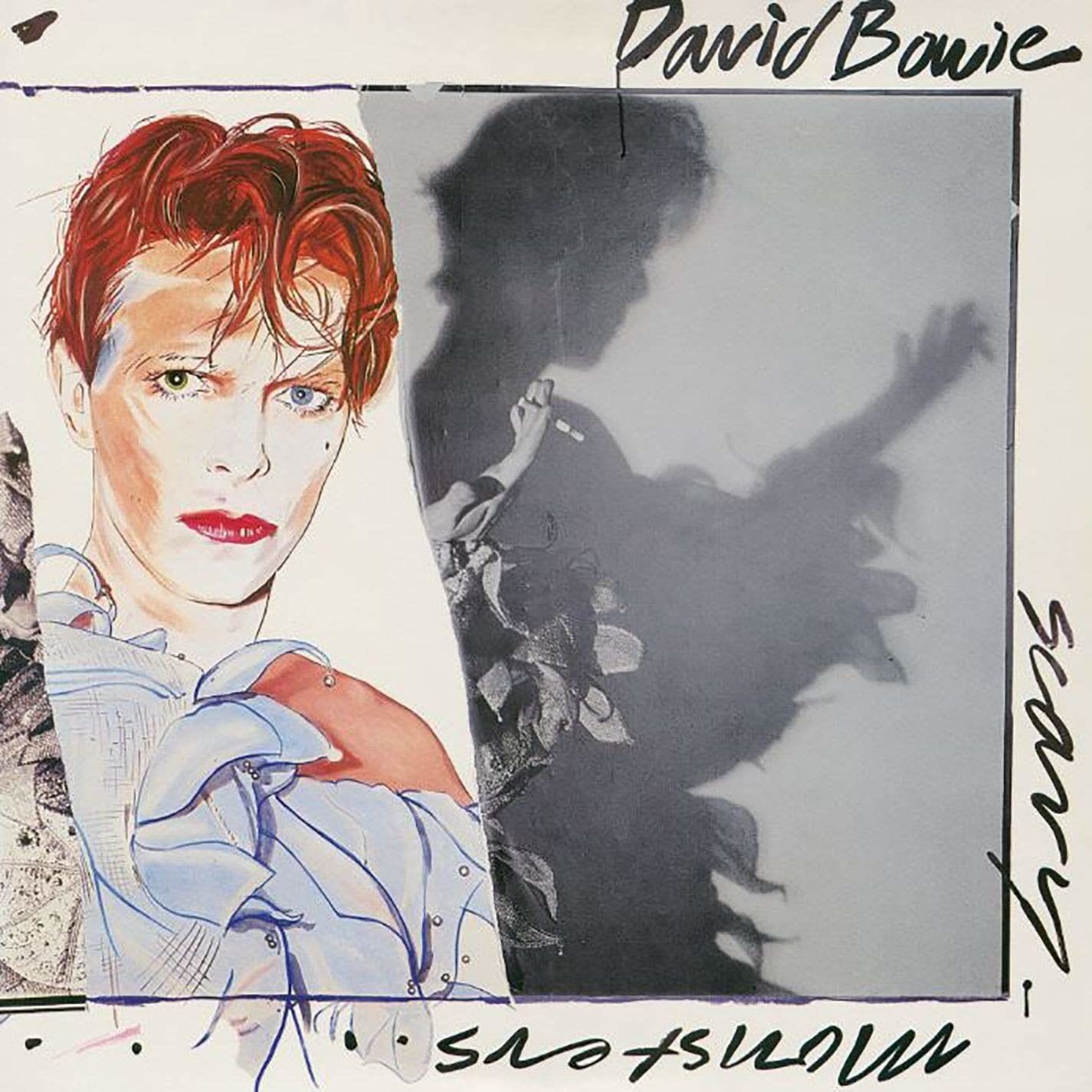
As Bowie starts singing over an anthem-setting opening, he applies his most garish ululations, signaling that things are going to get passionate, if not hysterical. And when returning guitarist Robert Fripp sneaks in after the first verse, he plays falcon-fast runs like he’ll never get another chance. Such is the drive of “Teenage Wildlife”, a song that finds Bowie looking in the rearview mirror at all the new-wave upstarts wanting a piece of him. Bowie refers to himself by name at one point, claiming to deny hangers-on any advice, but there’s plenty here anyway, both lyrically and as a musical tour-de-force.
Vocally, Bowie sounds possessed, at turns sounding like the British punks he spawned on the second verse and shifting into a Dylanesque mumble during the bridge. Is that a bridge? How many bridges does this song have!? It’s all lost in the casualties of the teenage wildlife as Fripp and Carlos Alomar pile on, throwing in Chuck Hammer’s guitar synthesizer for good measure. And Roy Bittan is back on piano to provide that extra Springsteenian drama. For years, Scary Monsters was viewed as Bowie’s last great album, a claim that has surely been abandoned as of this decade. Either way, “Teenage Wildlife” is a hell of a way to end a history-altering run.
“Without You” – Let’s Dance (1983)
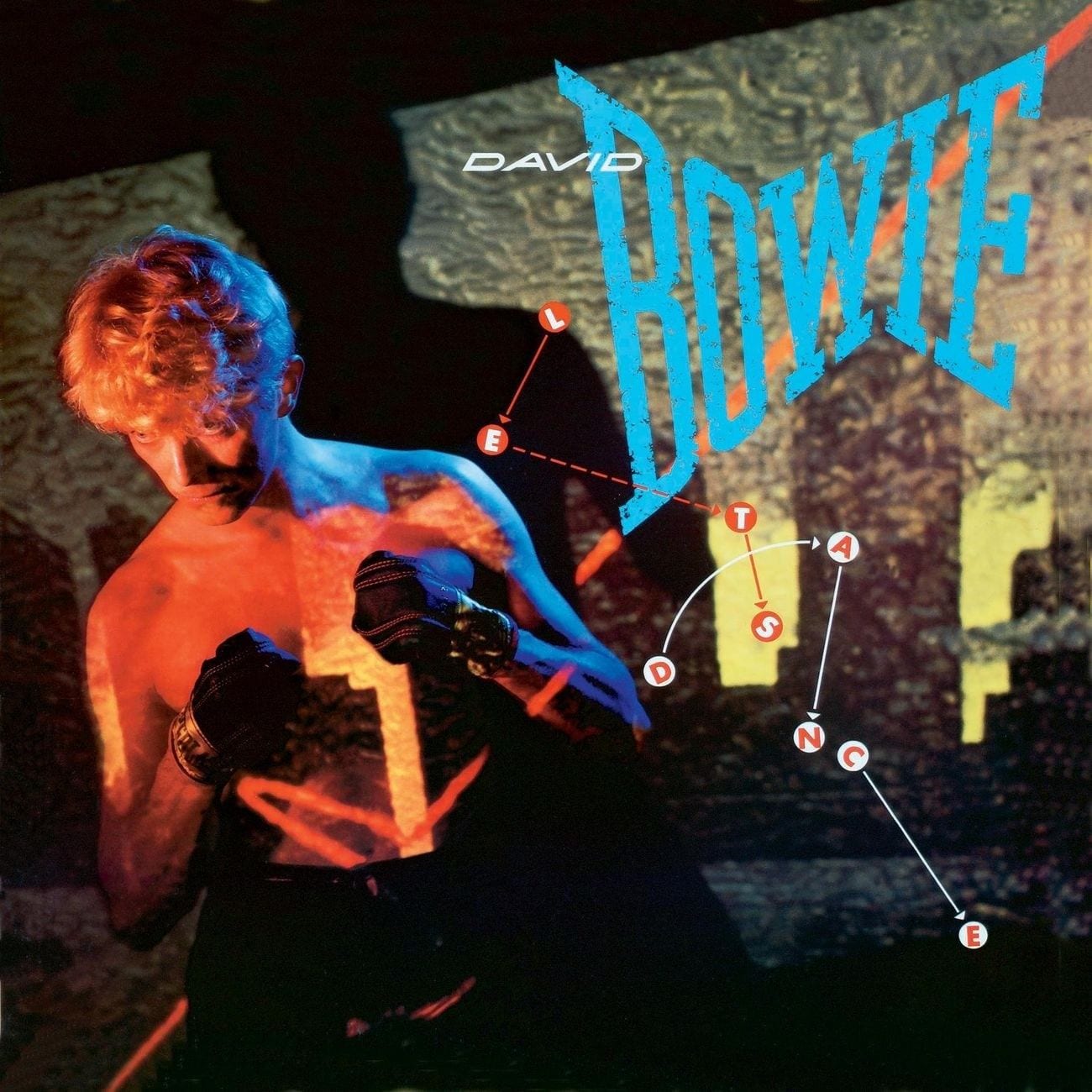
Talk about front-loading: The three hit singles on Let’s Dance that catapulted Bowie to bigger-than-ever fame — “Modern Love”, “China Girl”, and “Let’s Dance” — are the first three songs on the album. Side Two is forgettable synth-rock goop, an unfortunate sign of the artistic downturn that was to follow. But the last song on Side A is this understated gem. A straightforward love song is a relative rarity in the Bowie canon, but “Without You” comes right at it in the simplest terms: “Woman, I love you / Without you, what would I do?”
Bowie is backed not only by producer Nile Rodgers on a spare guitar pattern but by Rodgers’ rhythm section in Chic, bassist Bernard Edwards (his only appearance on the album, and ain’t it sweet), and drummer Tony Thompson, who plays a fabulously off-kilter drum beat where the second snare of each bar smacks a half-beat early. These are some of Bowie’s most somnambulistic vocals ever, and they’re all the more beautiful for it, as he slurs ahead of and behind the beat and drifts into a gauzy falsetto. Oh, and that’s Stevie Ray Vaughan on those bluesy guitar inserts.
“Loving the Alien” – Tonight (1984)

The consensus low point for ’80s Bowie is probably Tonight, a quickie placeholder to keep those good Let’s Dance vibes going, as Bowie had lost the plot when it came to putting his best material forward and not letting the production get too far away from him. Tellingly, only two songs on the album were written solely by Bowie himself: “Blue Jean”, a top-ten hit, and “Loving the Alien”, the album opener. With its long opening sequence, slow build, grandiose chorus, etc., Bowie obviously intended for this song to be the album’s dramatic anchor, and nothing else on Tonight comes close to matching it.
After years of playing with space tropes, Bowie’s love for the “alien” refers to our investment in modern misconceptions, which he juxtaposes with old-world religious seekers and fighters. Musically, the song takes several chances, with its thorny chord progression, those five triplets that throw you off-balance on the way to the chorus, the arrangement that pairs marimba with Carlos Alomar’s guitar arpeggios and blankets of synths, and the way Bowie pushes his voice to shreds at the top of the chorus. Bowie would later admit that Tonight was awful, but he remained a believer in “Loving the Alien” always.
“Julie” – Never Let Me Down (1987)
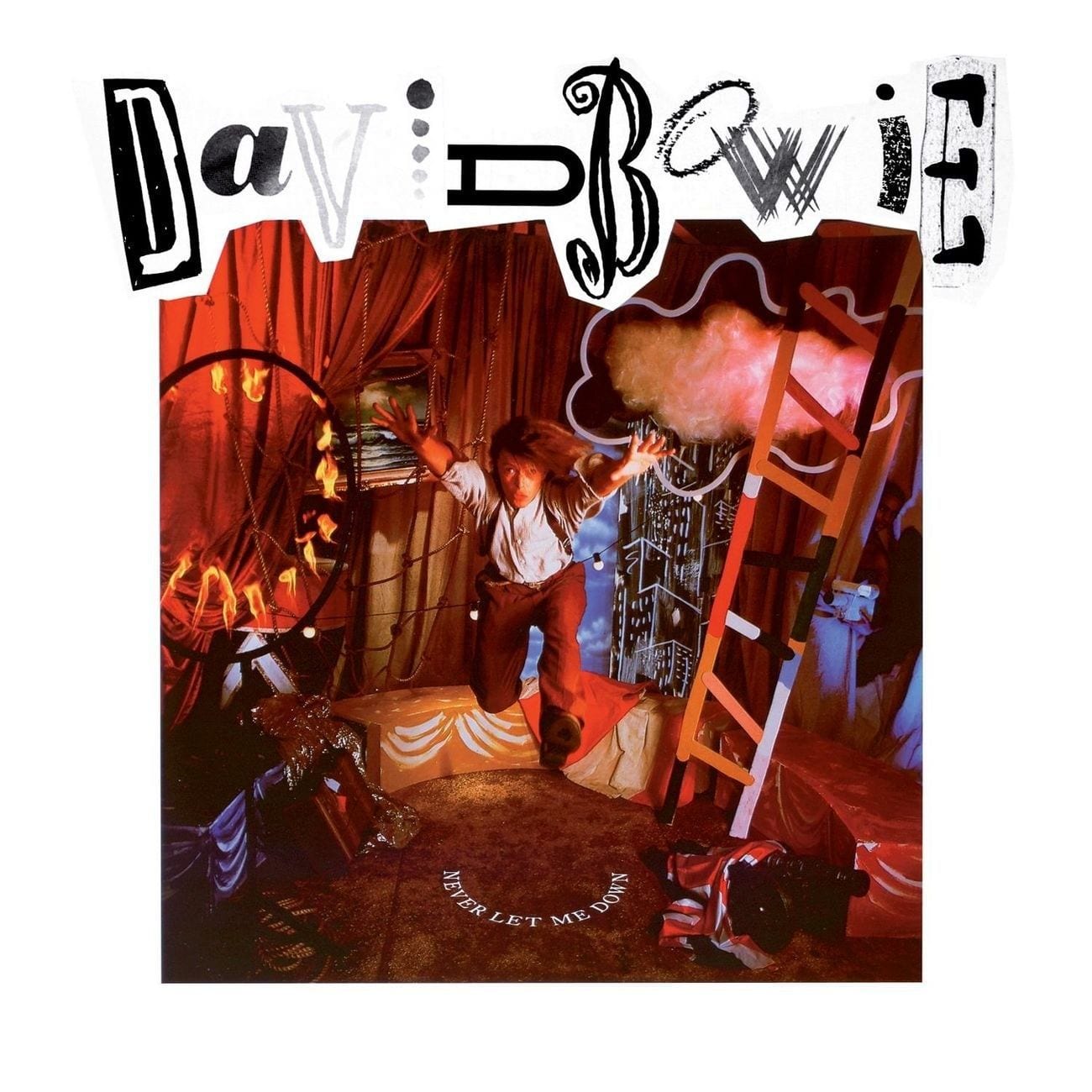
Another terrible album buried in ’80s production gloss, there’s little to love on Never Let Me Down, a collection of nadirs best forgotten. The title track is a nice, catchy composition, sung in a Lennon impression, but it’s ruined by synth glop. In contrast to all the slick overkill on the album, “Julie”, the B-side to lead single “Day-In Day-Out”, counts as a tough little rocker. The fact that “Julie” was left off the original album, finally finding its way on for the 1995 reissue, was a sign of the times in 1987. The verses sounds like Dire Straits a la “Walk of Life” (which had come out two years earlier) right down to Bowie’s Knopfleresque vocal murmur, and while the drums are still soaking with to-the-heavens gated effects, this is about as lean as ’80s Bowie gets. Bowie’s double-tracked harmony vocals and Peter Frampton’s lead guitar runs are sweet enough to forget that this song appears to be about a jilted lover’s violent retribution.
“Miracle Goodnight” – Black Tie White Noise (1993)
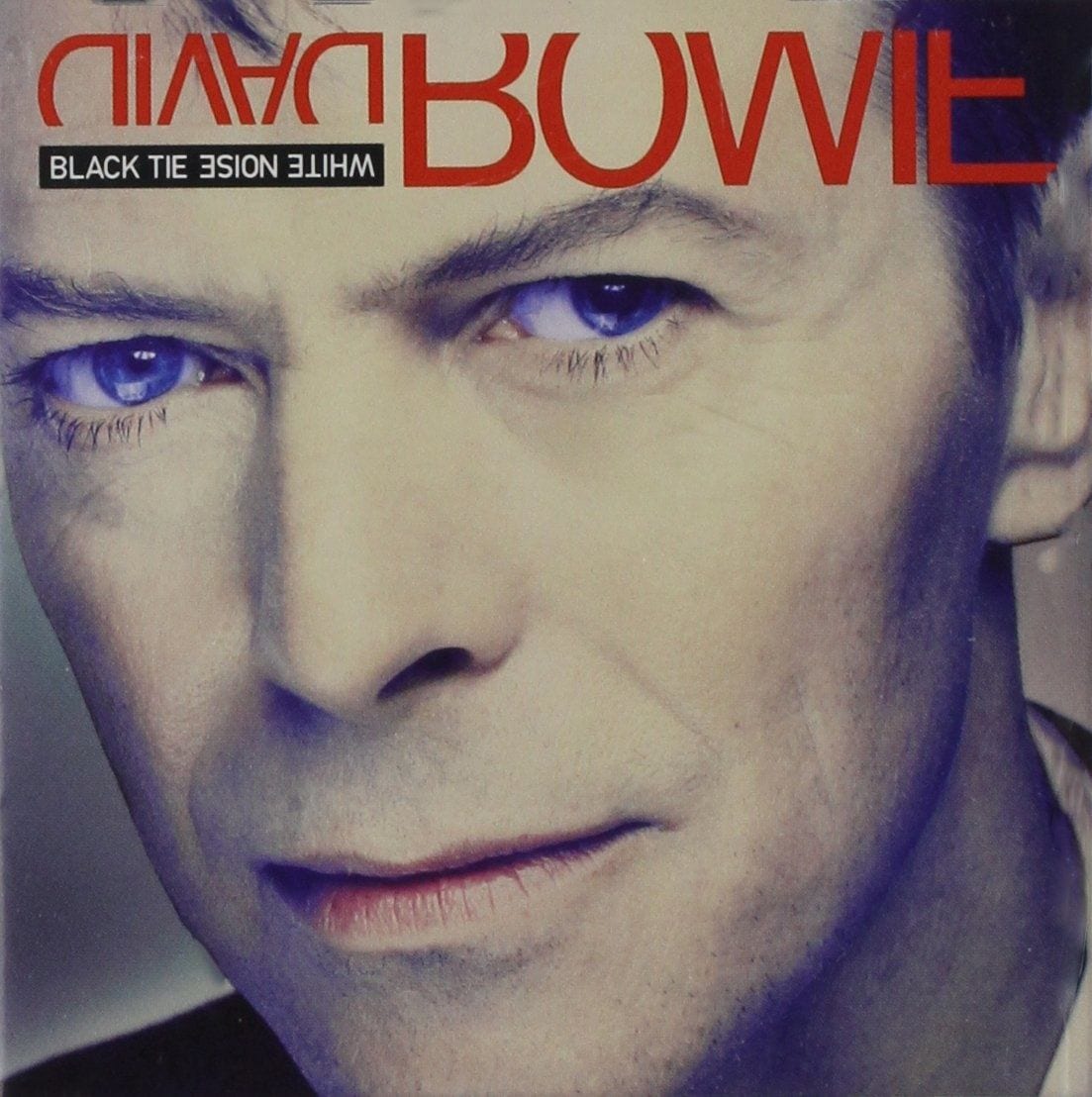
After the long national nightmare of Bowie’s records as a member of Tin Machine, the Dame returned with a solo record in ’93, which was, predictably, hailed as his return to form. Frankly, it isn’t a very good album, but with the return of Nile Rodgers as producer, BTWN was a step in the right direction. Take the perfectly pleasant “Miracle Goodnight,” for instance, the sound of Bowie in love. He had just married Iman, and Bowie had called the album a wedding gift to her.
A more streamlined production than the rest of the album, the song bounces along on an infectious hook as two synths burple back and forth between your ears and Bowie eschews his trademark elliptical lyricism to tell his bride, “I love the sound of making love.” At the same time, Bowie offers some cautionary spoken-word advice about the past: “The less we know / The better we feel.” At that point, an undulating synth solo takes over, and then at the 3:00 mark, a nifty guitar solo from Rodgers that covers a lot of ground in just four measures.
“Buddha of Suburbia” – The Buddha of Suburbia (Soundtrack) (1993)
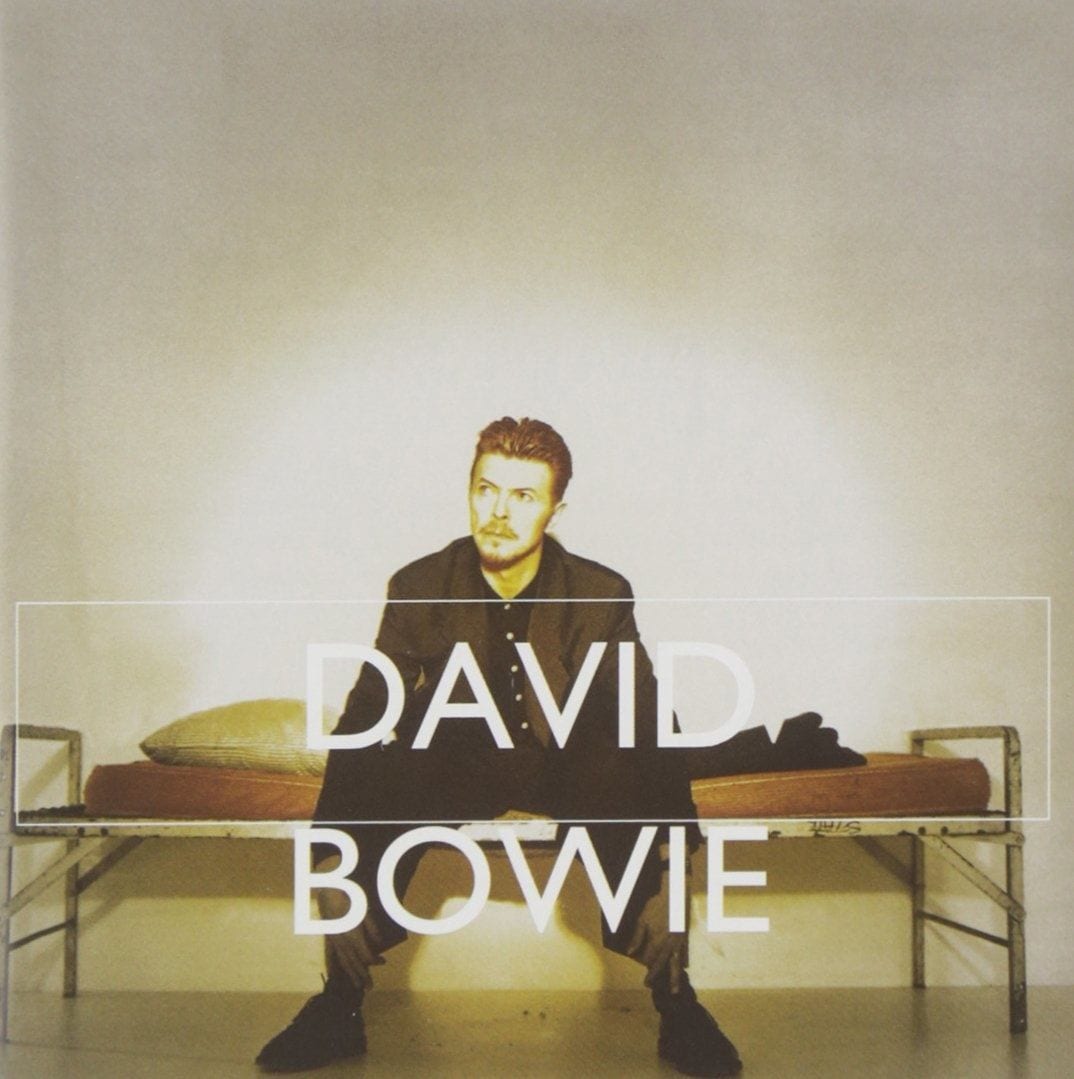
The David Bowie album that time forgot. Bowie recorded a set of songs, a few of them Berlin-era-style instrumentals, for a British miniseries. It didn’t see the light of day in America until 1995 and even then disappeared quickly. Bowie, of course, thought the album deserved more attention, and he’s right. The title cut, for instance, is Bowie’s most engaging song in years, one that successfully evokes the structure, if not the sound, of Bowie’s classic period. Borrowing a little, in fact, from “Life on Mars?” it’s a breezy melody that continues to reach new heights from the verse to the chorus to the gorgeous bridge. Another fish out of water tale for Bowie, this one about a suburban kid trying to make it the big city, like Pip in London in Great Expectations, a phrase Bowie borrows for the song. It works mostly because Bowie is left to his own devices — he’s the sole writer and producer and plays both the sax solo and the chopping guitar break toward the end.
- David Bowie: Young Americans
- David Bowie: The Next Day
- David Bowie: The Buddha of Suburbia
- The Great I Am: Magic, Fascism, and Race in David Bowie's 'Blackstar'
- Counterbalance No. 16: David Bowie - 'The Rise and Fall of Ziggy Stardust and the Spiders from Mars'
- David Bowie: ChangesNowBowie
- 'What a Fantastic Death Abyss': David Bowie's 'Outside' at 25

